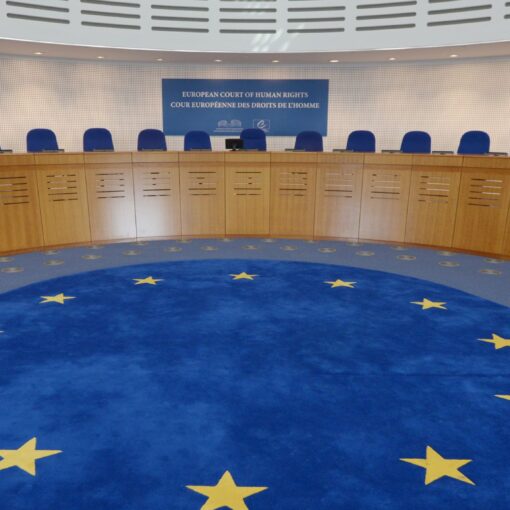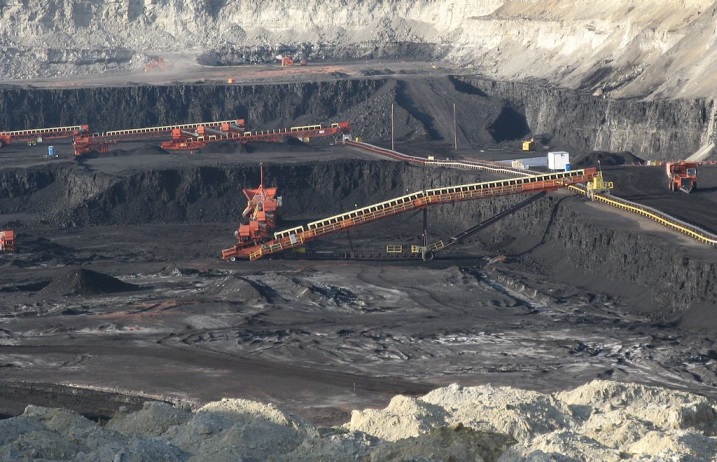By Michael B. Gerrard

The constitutions of more than three-quarters of the countries on earth have explicit reference to environmental rights or responsibilities In the last several years courts in the Netherlands, Germany, France, Australia, Pakistan, Nepal and Colombia have held that these provisions, or similar non-statutory doctrines, require national governments to act on climate change.
Not so in the United States. The U.S. Constitution has no explicit right to a clean environment, and efforts to persuade judges to find an implied right have not succeeded. Most recently, in the famous Juliana v. United States case, plaintiffs sought an order directing the federal government to slash the nation’s greenhouse gas emissions. The district court in Oregon in 2016 seemed to favor such a right, but a divided Ninth Circuit concluded in 2020 that the plaintiffs lacked standing. (The plaintiffs are now back in the district court seeking much more modest relief.)
However, the constitutions of six states do have provisions with explicit environmental rights – Hawaii, Illinois, Massachusetts, Montana, Pennsylvania, and Rhode Island. Several other states’ constitutions have language about protecting the environment, but without clearly creating any rights. Most of these provisions were enacted in the early 1970s during that great period of environmental lawmaking, but they received relatively little attention until a 2013 decision by the Pennsylvania Supreme Court, Robinson Township v. Commonwealth, which used the state constitution’s Environmental Rights Amendment to invalidate a state statute that had prevented municipalities from barring hydraulic fracturing.
As John Dernbach wrote in a recent blog for ACOEL, on July 21, 2021 the Pennsylvania Supreme Court held that this amendment required all state revenues from oil and gas leases to go to conserve and maintain public natural resources for the benefit of future generations.
Now we have an important new decision from Montana.
On August 4, 2021, the Montana First Judicial District Court denied defendants’ motion to dismiss in Held v. State of Montana, a suit brought by some of the same lawyers involved in Juliana. The plaintiffs – 16 young people – alleged that they were harmed by the state’s energy and environmental policies that encouraged the use of fossil fuels, thereby increasing greenhouse gas emissions and worsening climate change. The court found that the state’s actions implicate plaintiffs’ rights under the provision of the state constitution that that declares that “[a]ll persons … have certain inalienable rights. They include the right to a clean and healthful environment.”
The plaintiffs had asked the court to issue a “remedial plan” that would require Montana to take many steps to reduce greenhouse gas emissions and fossil fuel production in the state. The court found that this would violate the political question doctrine. However, the court found no such impediment to issuing a declaration of rights. It said that such a declaration would help alleviate the climate-related injuries that plaintiffs claim, and therefore plaintiffs satisfied the “redressability” prong of standing that the Ninth Circuit had found lacking in Juliana. The court therefore allowed the litigation to proceed.
This November the voters in New York will be asked to add a new section to the state constitution’s bill of rights, declaring: “Environmental rights: each person shall have a right to clean air and water, and a healthful environment.” This amendment passed both houses of the state legislature in two consecutive terms and is now on the ballot. It implications are not entirely clear, but it could well expand the ability of citizens to obtain judicial relief from some environmental harms.
One early application of the amendment, if it passes, could be to implementation of New York’s Climate Leadership and Community Protection Act. The 2019 statute created a Climate Action Council that is now hard at work preparing a plan to achieve the law’s ambitious objectives, including an 85 per cent reduction in greenhouse gas emissions in 2050 compared to 1990 levels. If the final plan falls short, some litigants may well invoke this amendment.
The recent successes by plaintiffs in Pennsylvania and Montana may inspire similar efforts in other states, especially if the federal government continues to fall short in combating climate change.
This is test biographical description.




